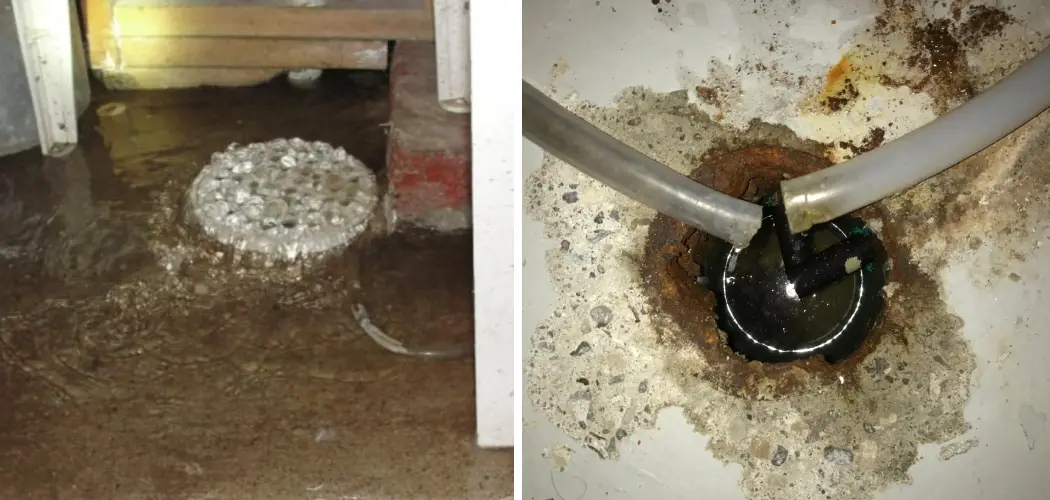Is your basement drain clogged and full of standing water? Clogged drains are more than an inconvenience – they can cause larger plumbing problems, contribute to flooding in the basement, and create a great deal of frustration.
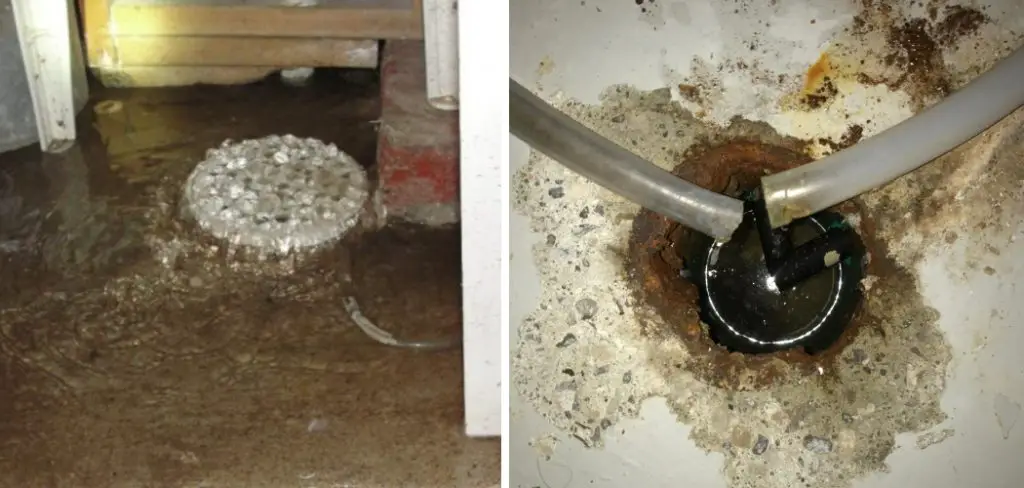
In this post, you will learn how to unclog a basement drain with standing water with just a few simple DIY tips and tricks. Keep reading to find out how you can quickly get rid of that standing water and save yourself some time, effort, and money!
Materials That You Will Need
You will need a few items in order to unclog your basement drain with standing water, including:
- Bucket
- Rubber gloves
- Plunger
- Baking soda
- Vinegar
- Boiling water
- Drain snake or auger (if necessary)
- Wet towel or rag (if using a plunger)
- Drain strainer or screen (for prevention)
Step-by-step Guidelines on How to Unclog a Basement Drain With Standing Water
Step 1: Locate the Source of the Clog
If the clog is in the basement drain itself, use a plunger to dislodge it. If the clog is located somewhere else in the system, you may need to use a snake or an auger to remove it. You can also use a wet/dry vacuum to remove debris from the clog. That way, you won’t have to deal with the mess of handling a clog by hand. But be careful – use the vacuum in short bursts to prevent any damage to the pipes.
Step 2: Clear the P-Trap if Necessary
If the clog is not in the drain itself, you may need to remove the P-Trap. This is the part of the pipe that connects the drain and the wall, and it can often be a source of clogs. Use pliers or other suitable tools to loosen and remove it if necessary. If the clog is still present after removing the P-Trap, then it may be located further down in the system. But at least the standing water in the drain should be gone by now.
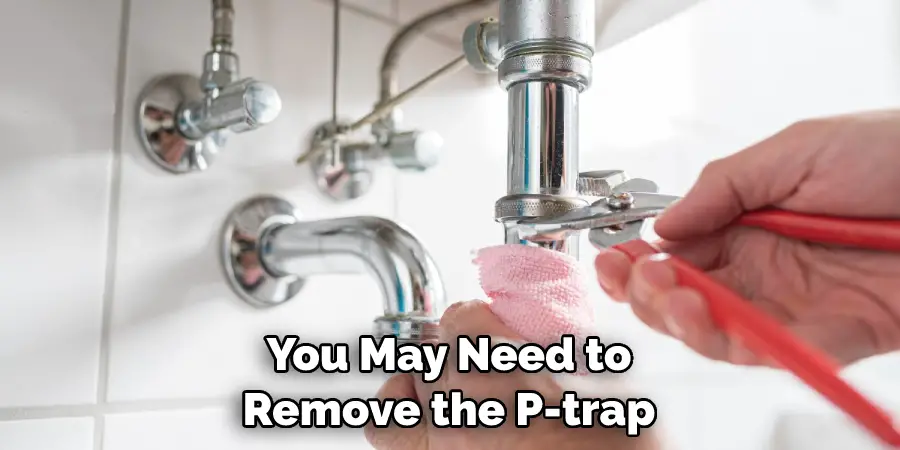
Step 3: Remove Any Obstructions
Check for any large objects that might be blocking the flow of water. If you find anything, remove it carefully with your hands or a set of pliers. Soak the object in a solution of vinegar and water before removing it, as this can help to break down any stuck-on debris. That way, you can help prevent any further clogs in the future.
Step 4: Pour Hot Water Down the Drain
Bring several gallons of hot (not boiling) water to a boil on the stovetop. Once it’s ready, slowly pour it down the drain and wait for about 5 minutes. This will help to loosen any debris stuck in the pipes, allowing it to be washed away more easily. You can also add a few tablespoons of baking soda to the boiling water, as this helps to odors and break down any stuck-on debris.
Step 5: Use Baking Soda and Vinegar
Mix one cup of baking soda with ½ cup of vinegar in a bowl and stir until they form a paste-like consistency. Carefully pour this mixture down the drain and leave it for at least 15 minutes before flushing it with hot water. If the clog is stubborn, repeat this process several times until it is completely gone.
Step 6: Try Boiling Water Again
Once you’ve given the baking soda and vinegar mixture time to work, try pouring boiling water down the drain one more time. This should help to flush out any remaining debris that was loosened by the baking soda and vinegar. You may need to repeat these steps several times if the clog is particularly stubborn. But if all else fails, it’s time to call in a professional plumber.
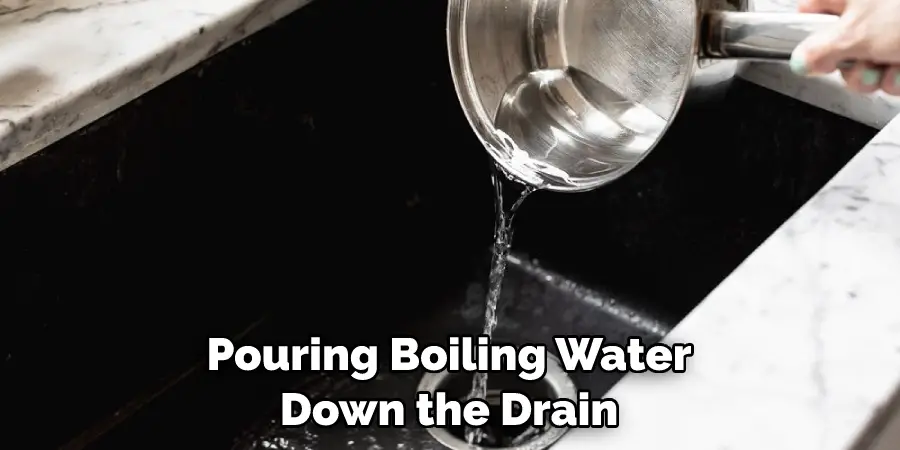
Step 7: Use a Plunger If Necessary
If all of these steps fail, it may be necessary to use a plunger. Insert the plunger into the drain and pump vigorously until you can see bubbles or feel resistance in the pipe – this is an indication that the clog has been dislodged. You may need to repeat this several times in order for the clog to clear completely. Before trying this, make sure to cover any nearby drains with a wet towel or rag to prevent the plunger from damaging them.
Step 8: Use a Drain Snake or Auger as a Last Resort
If the plunger fails to work, you may need to try using a drain snake or auger. Insert the tool into the pipe and gently push it through until you can feel resistance – this is an indication that the clog has been broken up.
That being said, it’s best to call in a professional plumber if you’re not confident in using these tools. If the clog is too deep or located in a difficult spot, it may be beyond your capabilities. Make sure to leave this job to the professionals if that’s the case.
Step 9: Try to Prevent Clogs in the Future
Once you’ve successfully unclogged your basement drain with standing water, take some time to think about how you can prevent clogs in the future. Regularly check for any debris that might be building up in your pipes and regularly clean out your P-trap so that it can function properly.
After all, prevention is better than cure! Remember to never flush any large items down the toilet and use a drain strainer or screen on all sink drains to help prevent blockages. But if a clog does occur, you now know how to unclog a basement drain with standing water.
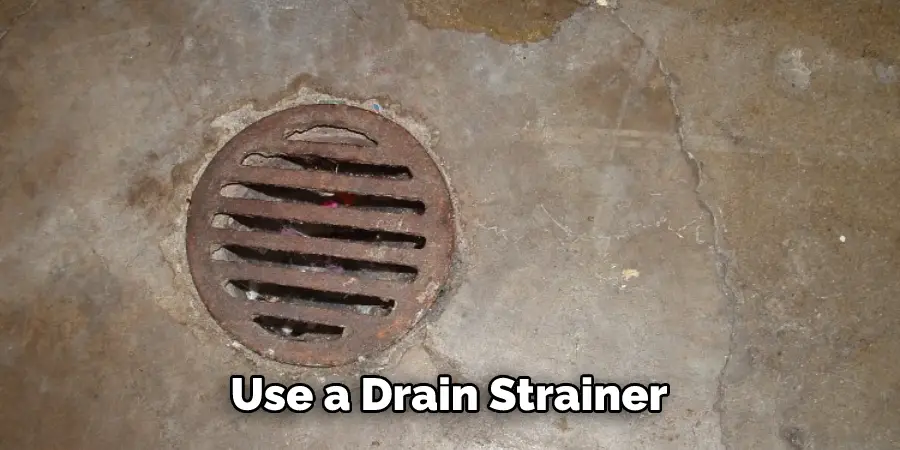
Following these steps should help you to quickly and effectively unclog your basement drain with standing water.
Do You Need Professional Support?
If you try all of the steps above and still cannot unclog your basement drain with standing water, it may be time to get in touch with a professional plumber. They will have the necessary tools and experience to help you quickly fix the issue. Don’t let clogged drains prevent you from being able to use your basement – contact a professional plumber today!
How Much Will It Cost?
The exact cost of professional help will vary depending on the severity of the clog and the tools needed to unclog it. Generally speaking, however, you should expect to pay anywhere from $100-$300 for professional service. If you want to save money in the long run, regular maintenance is key – make sure to speak with your plumber about getting a maintenance plan set up to ensure your plumbing system works efficiently.
Unclogging your basement drain with standing water doesn’t have to be impossible or expensive – just follow the steps above and you’ll be on your way to having it unclogged in no time! Good luck, and happy plumbing!
Frequently Asked Questions
Q: Can I Use a Chemical Cleaner to Unclog My Basement Drain?
A: Chemical cleaners may be effective in some cases, but they are not recommended for this particular problem as they can damage your pipes. It’s best to go with the methods outlined above before resorting to chemicals.
Q: What Should I Do If Nothing Seems to Work?
A: If none of these methods seem to be working, it may be time to call in a professional plumber. They will have the right tools and expertise to get the job done safely and effectively.
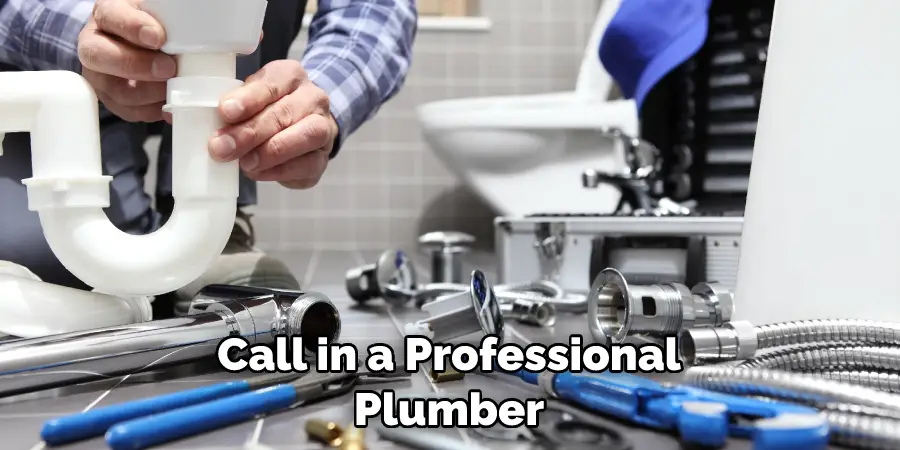
Q: How Often Should I Clean My P-Trap?
A: It’s best to clean your P-trap at least once every few months to prevent any debris from building up. This will help keep your drain flowing freely and avoid any potential clogs in the future.
Q: What Should I Do If There Is a Clog in a Difficult Spot?
A: If the clog is deep in the pipe or located in a hard-to-reach spot, it’s best to leave this job to a professional plumber. They will have the right tools and expertise to safely unclog your drain.
Q: What Can I Do to Keep My Drain from Clogging Again?
A: The best way to prevent future clogs is to regularly clean out your P-trap, use a drain strainer or screen on all sink drains, and avoid flushing any large items down the toilet. Doing these things should help you keep your drain flowing freely.
Conclusion
Unclogging your basement drain is a daunting task, but by following these steps on how to unclog a basement drain with standing water you can do it yourself without the help of a plumber. A plunger and drain snake are both useful tools to try first. If these methods aren’t successful, using hot water and dish soap can also loosen debris and reduce clogged material.
In some cases, you may need additional assistance from a local plumbing service. Additionally, it is often helpful to inspect the drainpipe for any issues or potential problems that could be a cause of clogging. Finally, consider replacing or cleaning out any floor grates in the area which can accumulate dirt and other items that lead to blockage.
By taking proactive preventative measures such as inspecting each step in the process on a regular basis—even if your drains don’t seem particularly clogged—you can ensure that your basement drains will be free from major blockages and need to be unclogged for years to come.
Your basement drain should now be unclogged and back to working properly.

